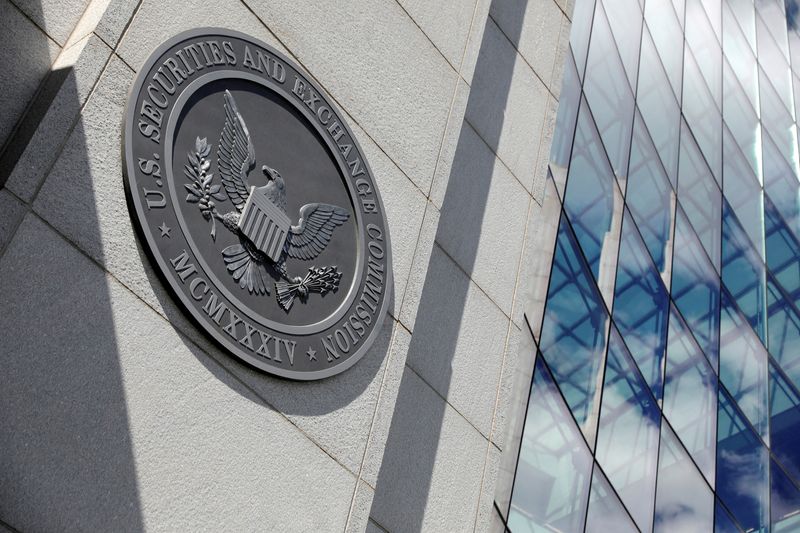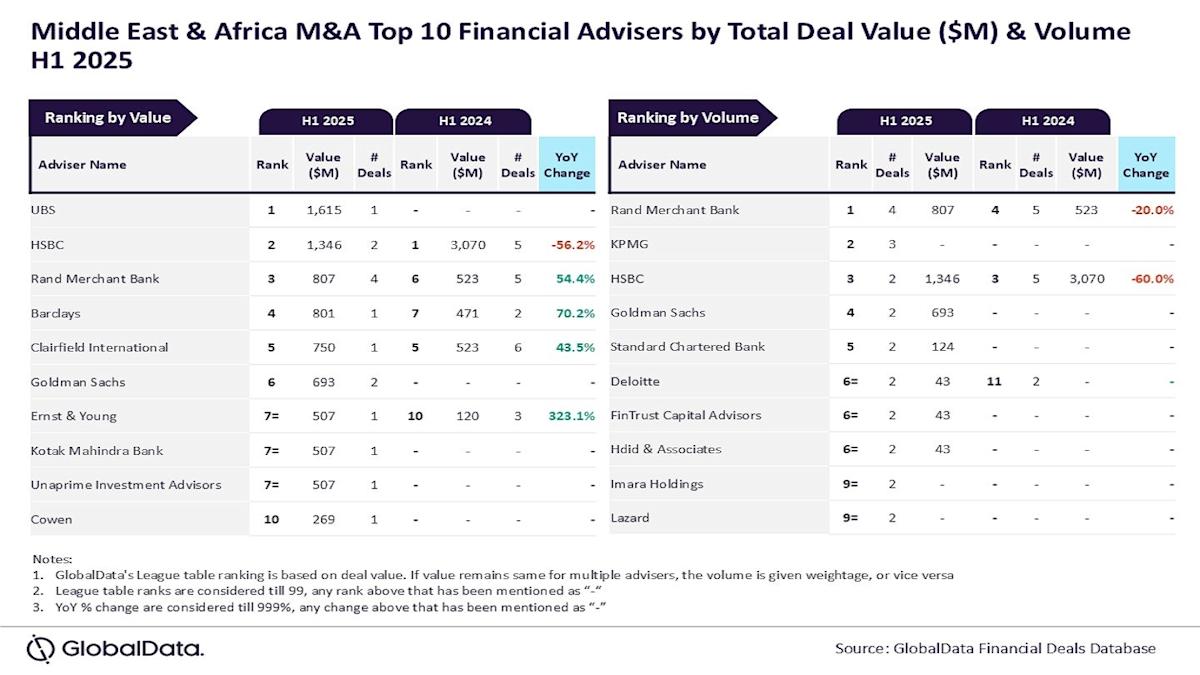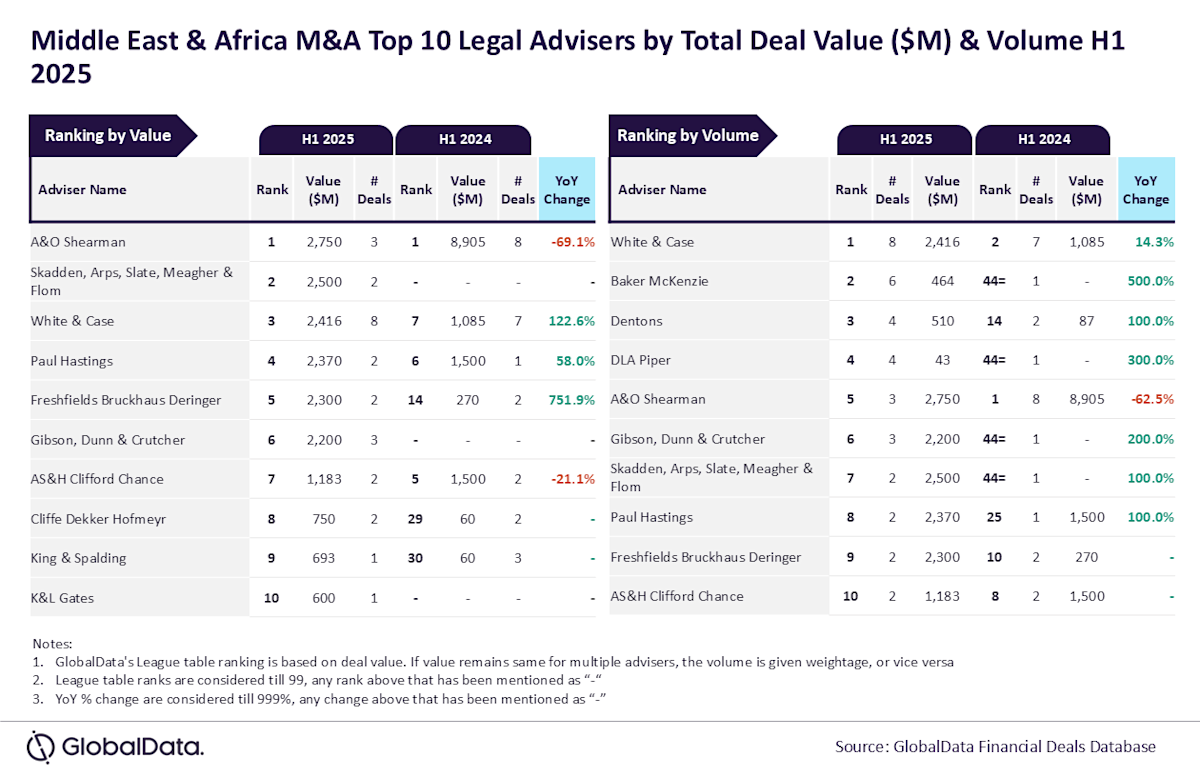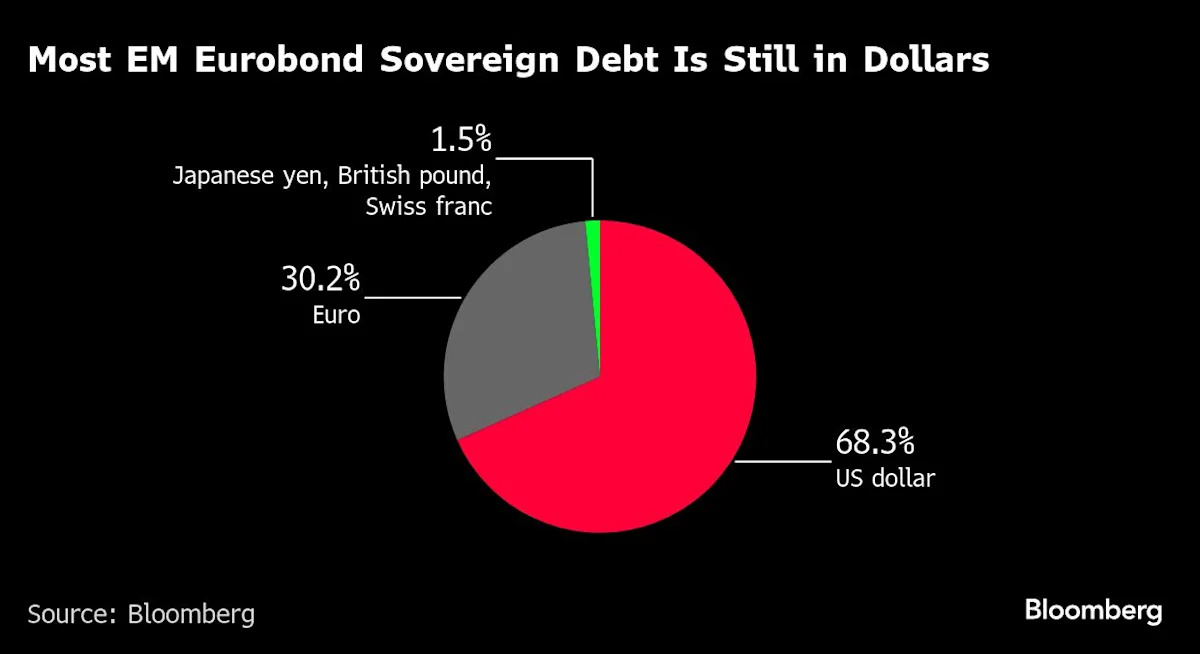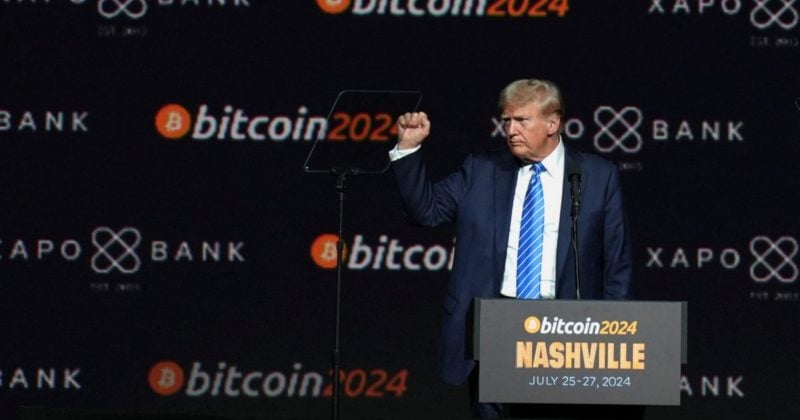Labor Department Opens Crypto Floodgates: Your 401(k) Just Got A Bitcoin Upgrade
For Plan Sponsors
Opportunities:
-
Enhanced participant investment options
-
Competitive advantage in attracting younger workers
-
Alignment with evolving investment preferences
Challenges:
-
Fiduciary liability for investment performance
-
Need for participant education on crypto risks
-
Operational complexity of crypto custody and trading
Practical Implementation
Due Diligence Requirements
Plan fiduciaries must still conduct thorough analysis including:
-
Investment strategy alignment with plan objectives
-
Fee structure evaluation
-
Risk assessment relative to participant demographics
-
Provider due diligence and operational capabilities
Likely Investment Vehicles
Rather than direct cryptocurrency holdings, 401(k) plans will probably offer:
-
Bitcoin and Ethereum ETFs
-
Diversified crypto index funds
-
Target-date funds with crypto allocation
-
Self-directed brokerage accounts with crypto access
Trending: New to crypto?Get up to $400 in rewards for successfully completing short educational courses and making your first qualifying tradeon Coinbase.
Industry Response
The reversal reflects broader institutional acceptance of cryptocurrencies as legitimate investment assets. Major financial institutions have already launched crypto ETFs and investment products, while regulatory frameworks continue evolving.
This policy shift acknowledges that blanket restrictions may have been premature as the crypto market has matured and institutional infrastructure has improved.
Retirement Planning Implications
For Younger Workers
Workers with longer time horizons may benefit from crypto exposure as part of diversified retirement strategies. The volatility that makes crypto unsuitable for near-retirees could potentially benefit those with decades until retirement.
For Older Participants
Those approaching retirement should carefully consider crypto’s volatility and lack of income generation when evaluating allocation decisions.
Regulatory Context
This reversal occurs amid broader crypto regulatory developments, including Bitcoin ETF approvals and evolving Securities and Exchange Commission guidance. The DOL’s neutral stance suggests growing regulatory comfort with digital assets in traditional financial structures.
Looking Ahead
Implementation Timeline
While the guidance is rescinded immediately, practical implementation will depend on:
-
Plan sponsor decisions to add crypto options
-
Investment provider product development
-
Participant education and adoption
Market Development
Expect gradual rollout as employers assess participant demand and fiduciary implications. Initial offerings will likely focus on established cryptocurrencies through regulated investment vehicles.
Bottom Line
The DOL’s reversal removes a significant barrier to crypto adoption in America’s retirement system. While this doesn’t mandate crypto inclusion, it allows market forces and fiduciary judgment—rather than regulatory discouragement—to determine whether digital assets belong in retirement portfolios.
Plan participants should approach crypto investments with the same careful consideration given any retirement investment, understanding both the growth potential and substantial risks involved. The key change is that this decision can now be made without artificial regulatory barriers.
Read Next:
-
A must-have for all crypto enthusiasts: Sign up for the Gemini Credit Card today and earn rewards on Bitcoin Ether, or 60+ other tokens, with every purchase.
-
‘Scrolling To UBI' — Deloitte's #1 fastest-growing software company allows users to earn money on their phones. You can invest today for just $0.30/share with a $1000 minimum.
Image: Shutterstock
Send To MSN: 0
This article Labor Department Opens Crypto Floodgates: Your 401(k) Just Got A Bitcoin Upgrade originally appeared on Benzinga.com
Content Original Link:
" target="_blank">




























